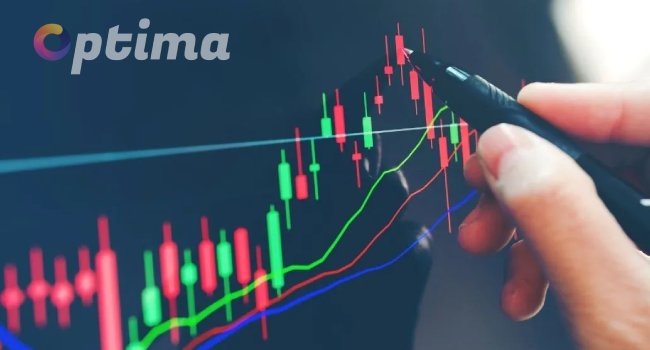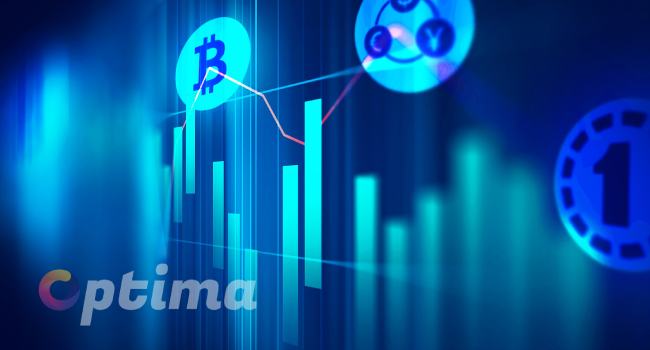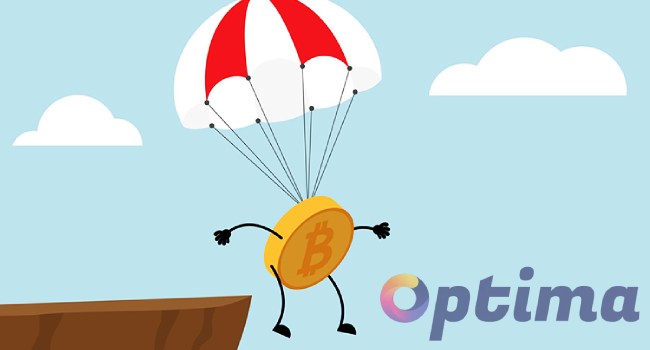The concept of digital assets appeared quite recently – in 2008. After that, the cryptocurrency market began to develop. The industry is still very young and highly unstable. Due to the decentralized nature of blockchain projects, state institutions cannot influence the rate of cryptocurrencies. However, market factors that shape the price of virtual coins are stronger. Even a single trader with a lot of financial power can make a big difference in the market. They are called cryptocurrency whales. There are bulls, bears, and even hamsters among the traders. These are not new terms, they were “inherited” from stock and stock market traders who used them back in the last century.
Who are called whales in cryptocurrency
Similar to the largest mammals on Earth, this is the name given to large holders of Bitcoin or other digital currencies. The definition is pretty accurate. A whale, by moving, creates a big wave, and a trader, by making trades, causes fluctuations in the cryptocurrency exchange.
Whales can be more than just individuals. If a cryptocurrency wallet account belongs to a company, it too can be a whale:
In December 2017, the Bulgarian government made an announcement that it had 213,519 bitcoins in its possession.
Grayscale Investments is the owner of the largest BTC portfolio (481,711 coins as of 2021).
Analyst and software developer MicroStrategy bought 1,400 bitcoins on Dec. 9, 2021. Considering the investments in the cryptocurrency made earlier, it now owns 122 thousand BTC.
In principle, there is no threshold amount of Bitcoin, upon reaching which the holder moves to the “big league. However it is believed that by having 1,000 bitcoins ($48.9 million on December 10, 2021), you can influence the exchange rate of the first cryptocurrency.
The impact of whales on the cryptocurrency market
The accumulation of a large volume of traded coins on the one hand has an impact on the market anyway. A large sale or purchase causes a rush to ordinary traders, which contributes to the fall or rise in the rate. If the owner holds cryptocurrency (holds it in his account for a long time), it leads to a shortage of supply on the exchange, since these assets are not involved in circulation. Also, it should be taken into account that blockchain technology is transparent, and all movements of a large amount of coins can be verified.
Potential danger.
The market capitalization of the crypto market is relatively small at $2.3 trillion (the U.S. stock market is 51.5 trillion) as of December 9, 2021. Bitcoin accounts for 41.25%. At the same time, according to BitInfoCharts research, 42% of all coins are in the wallets of 0.01% of all holders.
This situation is dangerous because the owners of the richest Bitcoin wallets can manipulate the market, increase BTC volatility, and reduce liquidity. Since Bitcoin dominates other cryptocurrencies, changes in its exchange rate will lead to fluctuations in altcoin prices. This would destabilize cryptocurrency exchanges and could reduce people’s confidence in digital coins.
Actions
Schemes for large traders to profit, although they have differences, are still taken from tactics that have been implemented in the stock markets. Here are the most common ones.
Pump-and-dump is a frequent scheme on cryptocurrencies (due to a lack of buying restrictions). A trader (one or more) makes a purchase of large batches of virtual currency. This increases demand, which means that the price of the coin begins to rise. The other bidders are included in the process, and the rate rises rapidly. When it reaches a certain value, the second phase begins – the reset. The trader puts all of the purchased assets up for sale at the maximum price. Sometimes false news published on thematic forums or in social networks is used for the pumping phase.
Wall of sales – artificial holding of the exchange rate at a low level. This tactic requires large investments and is used with promising tokens, which can grow in price in 1-2 months. Therefore, this scheme is launched by cryptocurrency whales who have access to insider information. The initiator places many orders to sell. Less experienced traders may panic and start dumping their own assets in this position. And at a price lower than the one specified in the Wall of Sale. Before the event that increases the liquidity of the coin (often it is some kind of news occasion), the organizer buys up all available assets.
Recalled warrants – a manipulation in which a large order is placed on the auction with the condition of full repayment. If the amount is significant, it will be difficult for ordinary traders to meet the terms of the deal. But it causes tension in the market, and people begin to buy or sell assets. When the price changes in the right direction, the order is simply recalled. Such a scheme may not work if another large coin holder who can execute all the rules of the order comes into play.
Fictitious transaction – In this case, the digital assets do not change ownership at all. The organizer of the scheme places sell orders and closes them himself. This is necessary to create the appearance of activity on the exchange and to increase trading volume.
Examples of market manipulation
On the Bitfinex exchange on April 4, 2018. The bitcoin price was within the $7250-7500 range. Immediately after noon, an order was placed to sell 57 Bitcoin at $7000.4, which provoked a sharp decline in the rate (due to pending orders) to $6623. After that, the 57 BTC position was removed from trading.
Manipulators of the crypto market can also be the organizers of the project themselves. In December 2018, in the Twitter account, that belonged to the developers of Ethereum Classic (ETC), there was a message about the dissolution of the technical support team. The price of the coin immediately “dropped” by 35%. But, as it turned out, the news was fake, and a few days later the rate returned to its previous values.
Conclusion
Whales in cryptocurrency is an inevitable phenomenon in the market. In addition to private holders, hedge funds and investment houses like Wall Street have turned their attention to digital coins. On the one hand, the emergence of such large exchange traders will lead to an increase in attempts to manipulate the rate of cryptocurrencies. On the other hand, the interest in institutional funds increases confidence in the entire digital industry.
As the overall capitalization of the cryptocurrency market increases, it will become more difficult to influence it, resulting in lower volatility for major coins.









